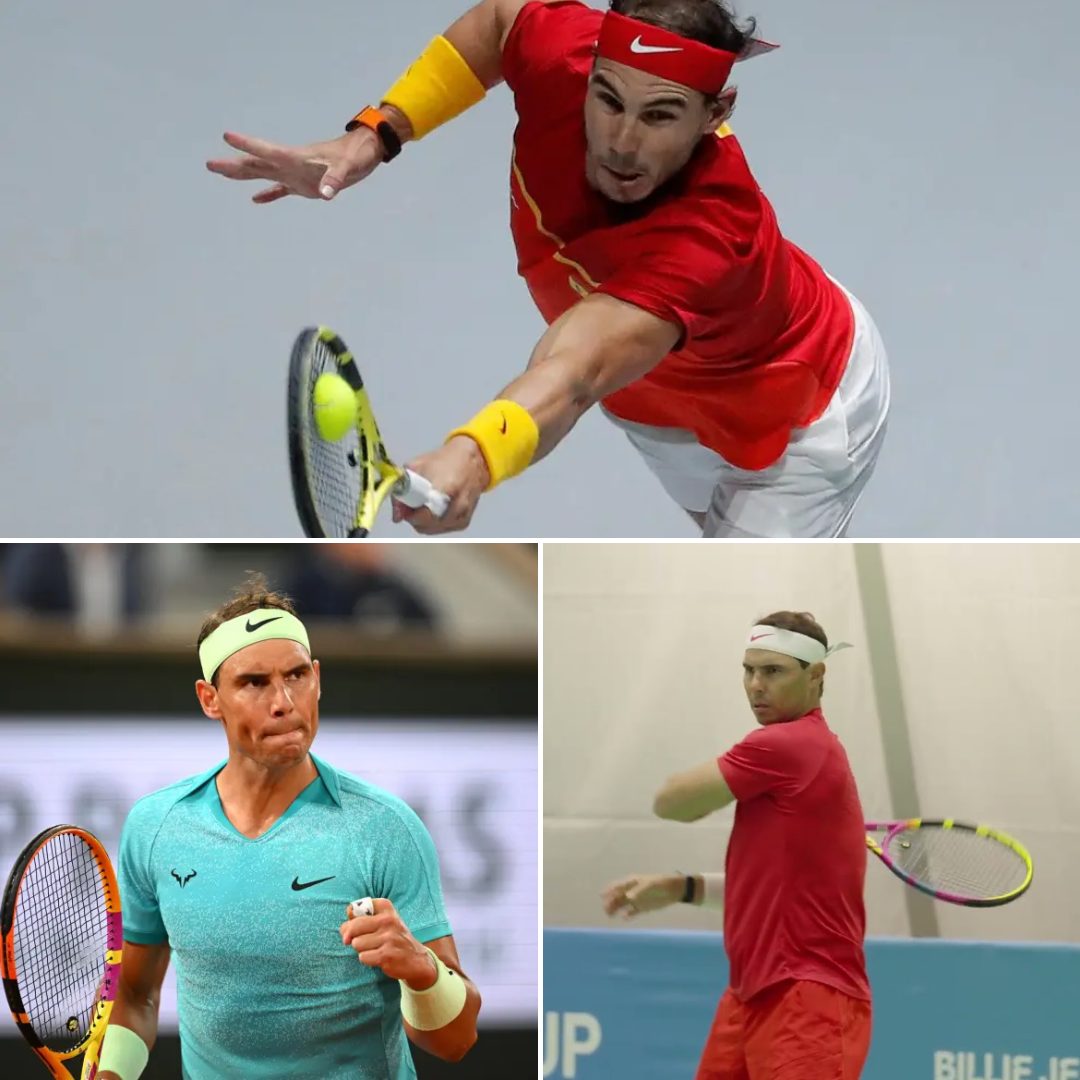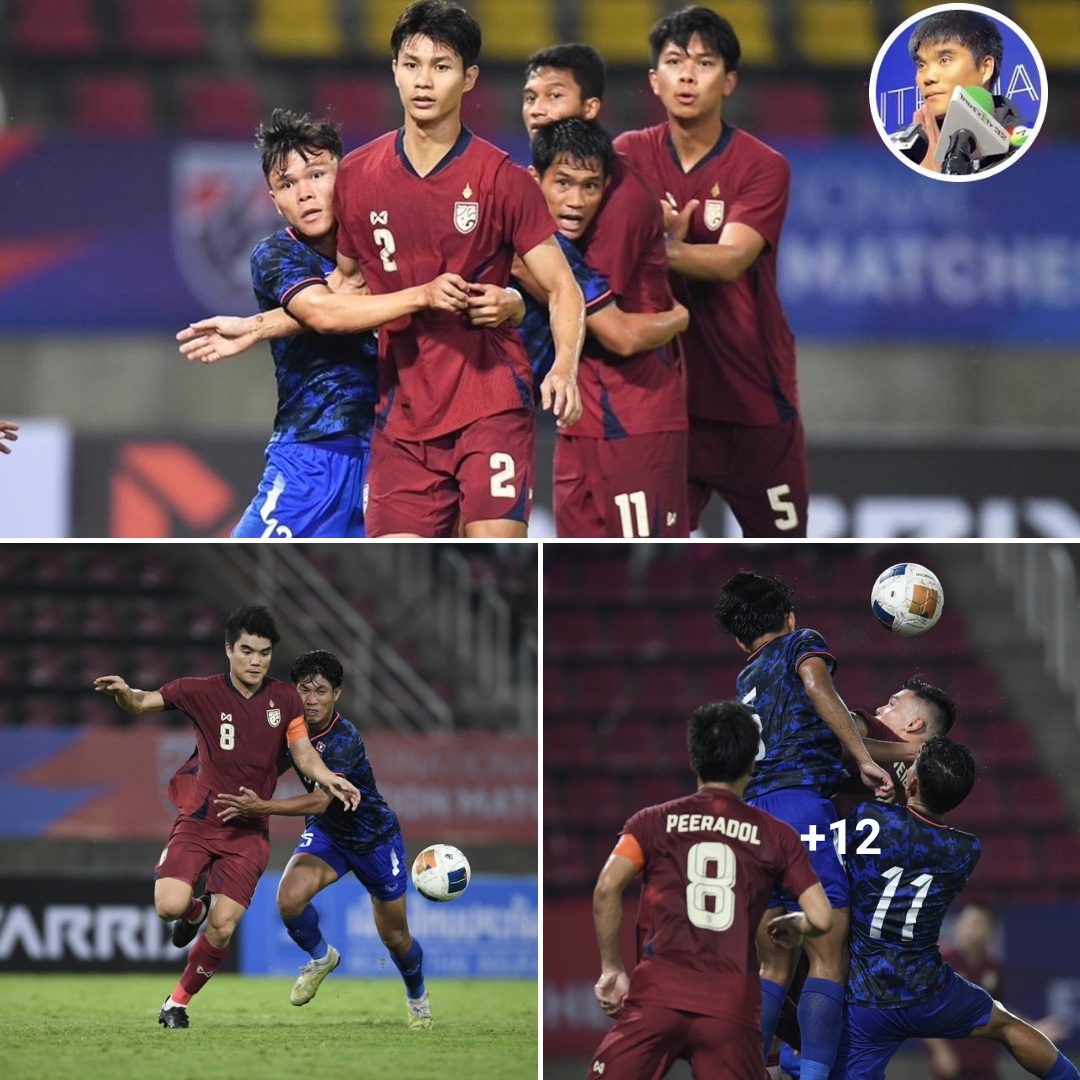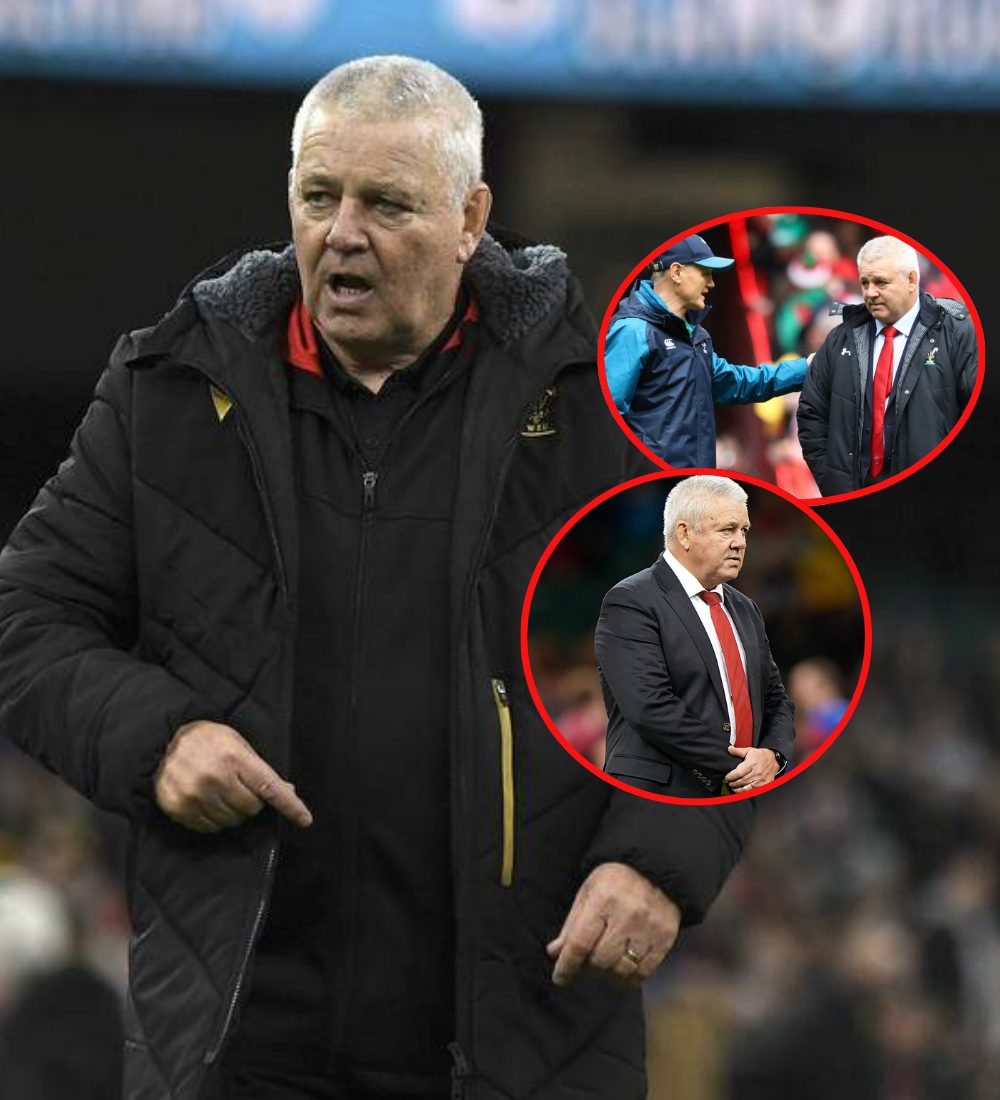Shohei Ohtani has been a superstar for the Dodgers this season, breaking multiple Dodgers and MLB records. Ohtani has built a reputation of blasting baseballs out of stadiums. He owns two of the top five longest home runs of the 2024 MLB season, reaching as far as 476 feet against the Rockies on June 18.
The two-way standout has already broken Hideki Matsui’s record for most career home runs hit by a Japanese-𝐛𝐨𝐫𝐧 player. Since breaking the record in April, Ohtani has recorded a total of 210 career homers.

Ohtani has secured his future spot in the Baseball Hall of Fame. But, there is a feat he has yet to accomplish. Only 28 Major League players have become members of the 500-home run club, with the most recent addition to the club being the Detroit Tigers’ Miguel Cabrera in 2021. Cabrera retired last season with 511 career homers.
FOX Sports’ MLB writer Deesha Thosar evaluated the likelihood that 18 active power hitters in the Major Leagues would eventually reach the 500-homer mark. Two Dodgers were featured on the list, evoking different levels of optimism.
Freddie Freeman, who has recorded 338 career home runs at 34 years old, was labeled as an unlikely candidate for the 500-club. On the other hand, Thosar claimed Ohtani has potential to join the club if his health permits.

Across seven MLB seasons, Ohtani averages 30 home runs per season. His contract keeps him with the Dodgers until the 2034 season. Considering he needs 290 more home runs to join the club, if Ohtani can keep this pace, he should meet the 500-mark within the next decade.
Statistically speaking, Thosar should have placed Ohtani in the “Likely” group. But, his future responsibilities as a two-way player and history of injuries sparked some concern.

Ohtani has remained healthy this entire season (knock on wood). When he pitches again, the heavy workload of batting and pitching may limit what he’s able to do at the plate. Two others in a similar situation are injury-prone sluggers Mike Trout of the Angels and Giancarlo Stanton of the New York Yankees.





